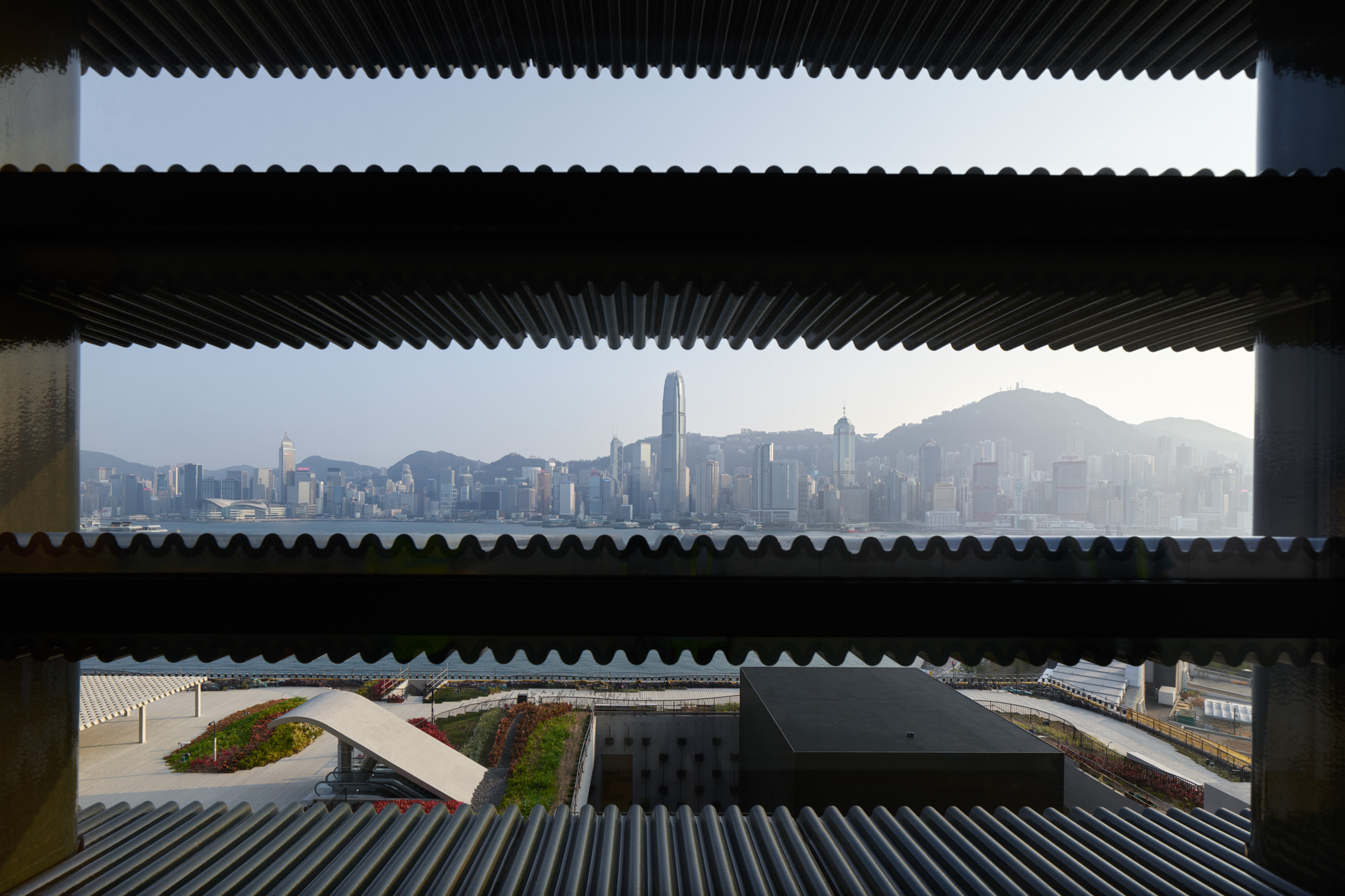News
Hong Kong Arts Sector Faces New Political Scrutiny


In recent days, nationalist politicians and state-owned publications have targeted cultural organizations and the main arts funding body in Hong Kong, pressuring the city’s government to use the broad terms of the National Security Law to crack down on artists whose works relate to controversial topics. Their criticisms followed remarks from M+ museum’s executive director, Suhanya Raffel, who asserted during a press tour of the new building on March 12 that the museum would not shy away from displaying artworks about controversial historical topics such as the pro-democracy protests in Tiananmen Square in 1989 or featuring works by dissident artist and filmmaker Ai Weiwei.
On March 17, following accusations by a lawmaker that some of M+’s displays might violate the National Security Law and “spread hatred” against China, Hong Kong’s chief executive, Carrie Lam, said that the government will be “on full alert” to any perceived threats to national security presented by the arts. She did not explain how exactly the arts might violate this “red line,” instead saying that she was “sure staff [at M+] are able to tell what is freedom of expression and whether certain pieces are meant to incite hatred.”
The same day, the Chinese state-owned Ta Kung Pao newspaper accused Hong Kong’s main public arts funding body, the Hong Kong Arts Development Council (HKADC), of providing HKD 15 million (USD 1.9 million) to projects that the newspaper alleges violate the National Security Law. The inflammatory rhetoric of the text condemned the HKADC's funding of so-called “yellow” filmmakers such as the Ying E Chi Cinema collective, which distributed the anonymously produced film Inside the Red Brick Wall (2020), about the 2019 protests at Polytechnic University, which the paper said glorified “black violence.” In a statement in response to these criticisms, the HKADC stated that all organizations and individuals who receive funding must agree to “compliance with the laws of Hong Kong during the grant period."
Pressure campaigns have their intended effect by producing instances of self-censorship. Although Inside the Red Brick Wall was named best film of 2020 by the Hong Kong Film Critics Society, a local cinema canceled its upcoming screening in March after the pro-Beijing newspaper Wen Wei Po accused it of inciting hatred against Beijing and Hong Kong governments, and violating local film ordinances.
The larger escalation in a campaign against free expression by politicians and news outlets closely aligned with Beijing has long been feared by Hong Kong’s art workers and cultural organizations, especially after the passage of the National Security Law for the city in June 2020. Though Carrie Lam claimed in May 2020 that the new law would not impact Hong Kong’s freedoms and would only target “a handful of lawbreakers,” in less than a year, the government has arrested more than 100 activists and opposition politicians, including, most recently, 47 organizers of a primary election for opposition candidates to the Special Administrative Region’s legislative council.
The pro-Beijing public intimidation campaign comes just days after M+ announced that its new building in the West Kowloon Cultural District is finally complete, and that it will open by the end of year. The museum is home to the Sigg Collection, which features artworks from 1972 to 2012 by many of the leading artists in mainland China who often adopted cynical or critical perspectives on societal developments. At the press preview attended by ArtAsiaPacific, Raffel offered her assessment, saying, “a city can only be a welcoming arts hub if it offers an open environment for artists and for different views.”
HG Masters is deputy editor and deputy publisher of ArtAsiaPacific; additional reporting by managing editor Chloe Chu.
To read more of ArtAsiaPacific’s articles, visit our Digital Library.







